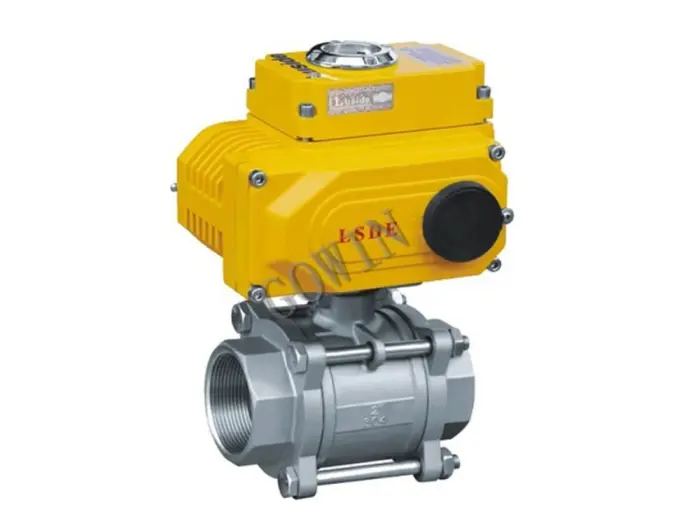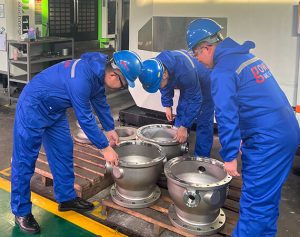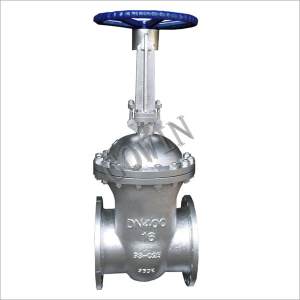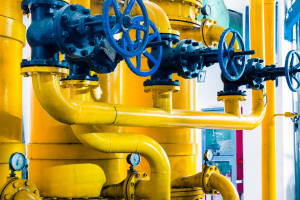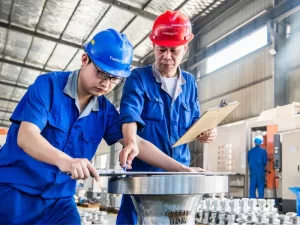The main difference between the two is that hydraulic systems are powered by liquids like oil, while pneumatic systems use compressed air for them to function. Hydraulic and pneumatic systems are reliable and the core for various industrial operations, but their different characteristics bring unique advantages.
Understanding the distinctions between these two systems will prove beneficial to ensuring both efficiency and performance in the field.
So, keep reading to understand more about these two and make informed decisions. Because there is more to this pneumatic vs. hydraulic debate, including their energy consumption and more.
Pneumatic vs Hydraulic: Notable Differences Between Hydraulic and Pneumatic
Hydraulics Definition
Hydraulic sends power to the system via liquids, which is often oil. It pressurised the liquid often between 1,000 to 5,000 psi or higher in order to generate energy.
Pneumatics Definition
Pneumatic utilises compressed gases, usually regular air from the atmosphere, in order to use it as power for different mechanical components to work.
Pneumatic vs. Hydraulic: Hydraulic and Pneumatic Control System
Pneumatic used the compressed gas from its air compressor to direct it through the pipes or valves. The compressed air will eventually reach the actuators and utilise it to generate mechanical motion, such as opening a valve. Meanwhile, other equipment is also at work to ensure effective processes, including:
- Sensors
- Air tank
- FRL (filter, regulator, lubricator)
Hydraulics, on the other hand, uses the pump to pressurise the liquid medium from the storage while the control valves will regulate the flow and the pressure of it in order to maintain a secure operation. The hoses will transport the medium to the actuator to transform it into mechanical energy. Moreover, the fluid will return to the storage for reuse.
Pneumatic vs. Hydraulic: Examples of Application
Examples of Pneumatic Systems
Pneumatics are the perfect use for industries’ or fields that need safer and low-maintenance systems. Pneumatic systems have a simple design and only might leak compressed air, making them less prone to fire. Furthermore, they are only usually used for low pressures to maintain a safe operation, usually around 80 to 145 psi. Thus, they are mostly used in the following:
- Nail guns
- Pneumatic brakes
- And much more
Examples of Hydraulic Systems
Hydraulics are considered perfect for more heavy duty and complex tasks because they can create high pressures, resulting in more force and energy for the equipment. As a result, besides being used in cars, this system is generally used in construction and other industrial fields for tasks such as:
- Dump truck lifts
- Hydraulic Presses
- And so on
Pneumatic vs. Hydraulic: Energy Efficiency and Speed
In terms of pneumatic vs hydraulic discussion, their energy efficiency and speed are two of the factors to consider. Pneumatics have faster flow rates and are quicker in changing directions because the medium used has a lower density than hydraulic.
Even though hydraulic also uses electricity for its pumps, they require less energy than pneumatics as the liquid can be reused multiple times due to their excellent filtration. Nevertheless, you can upgrade pneumatic systems by confirming reliable compressors and reducing air leakage.
Gowin: Control Valve Manufacturers
Gowin is a reliable manufacturer for control valves, which are a crucial component for both pneumatic and hydraulic systems. Their production guarantees valves’ excellent performance because they have extensive experience and ensure they follow international standards, including API 6D and ISO 9001.
In Gowin, there will be no need for a pneumatic vs. hydraulic debate because they have a reliable control valve to maximise the performance of each system.
Therefore, don’t hesitate to get a quote and work alongside them right away.
- A Comprehensive Guide to Pneumatic Control Systems
- What is the Difference between pneumatics and hydraulics?
- Hydraulics and Pneumatics – What’s the Difference, and Why the Confusion?
- Comparison of hydraulic, pneumatic and electric linear actuation systems
- Hydraulic and Pneumatic Systems chapter 9 By U.S department of defense

